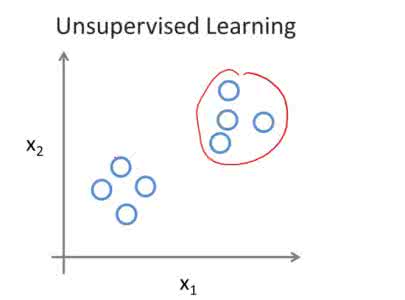
Transient noise appearing in the data from gravitational-wave detectors frequently causes problems, such as instability of the detectors and overlapping or mimicking gravitational-wave signals. Because transient noise is considered to be associated with the environment and instrument, its classification would help to understand its origin and improve the detector's performance. In a previous study, an architecture for classifying transient noise using a time-frequency 2D image (spectrogram) is proposed, which uses unsupervised deep learning combined with variational autoencoder and invariant information clustering. The proposed unsupervised-learning architecture is applied to the Gravity Spy dataset, which consists of Advanced Laser Interferometer Gravitational-Wave Observatory (Advanced LIGO) transient noises with their associated metadata to discuss the potential for online or offline data analysis. In this study, focused on the Gravity Spy dataset, the training process of unsupervised-learning architecture of the previous study is examined and reported.
翻译:引力波探测器数据中出现的中转噪音经常造成问题,例如探测器不稳定,以及重复或模仿重力波信号。由于转动噪音被认为与环境和仪器有关,因此其分类将有助于了解其来源并改进探测器的性能。在先前的一项研究中,提出了使用时频 2D 图像(频谱)对中转噪音进行分类的结构,该结构使用不受监督的深度学习,结合变异自动相识和异变信息群集。拟议的非监督学习结构适用于引力波数据集,该数据集由高级激光干涉仪引力波天文台(Advanced LIGO)及其相关元数据组成,以讨论在线或离线数据分析的可能性。在这项研究中,侧重于重力谱数据集,对前一项研究的未超超强学习结构的培训过程进行了研究和报告。


